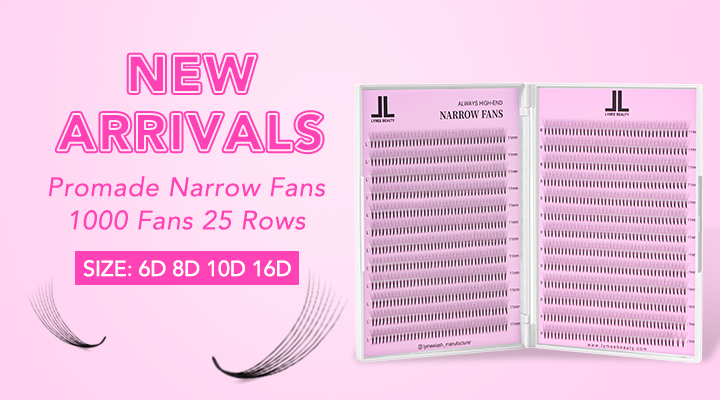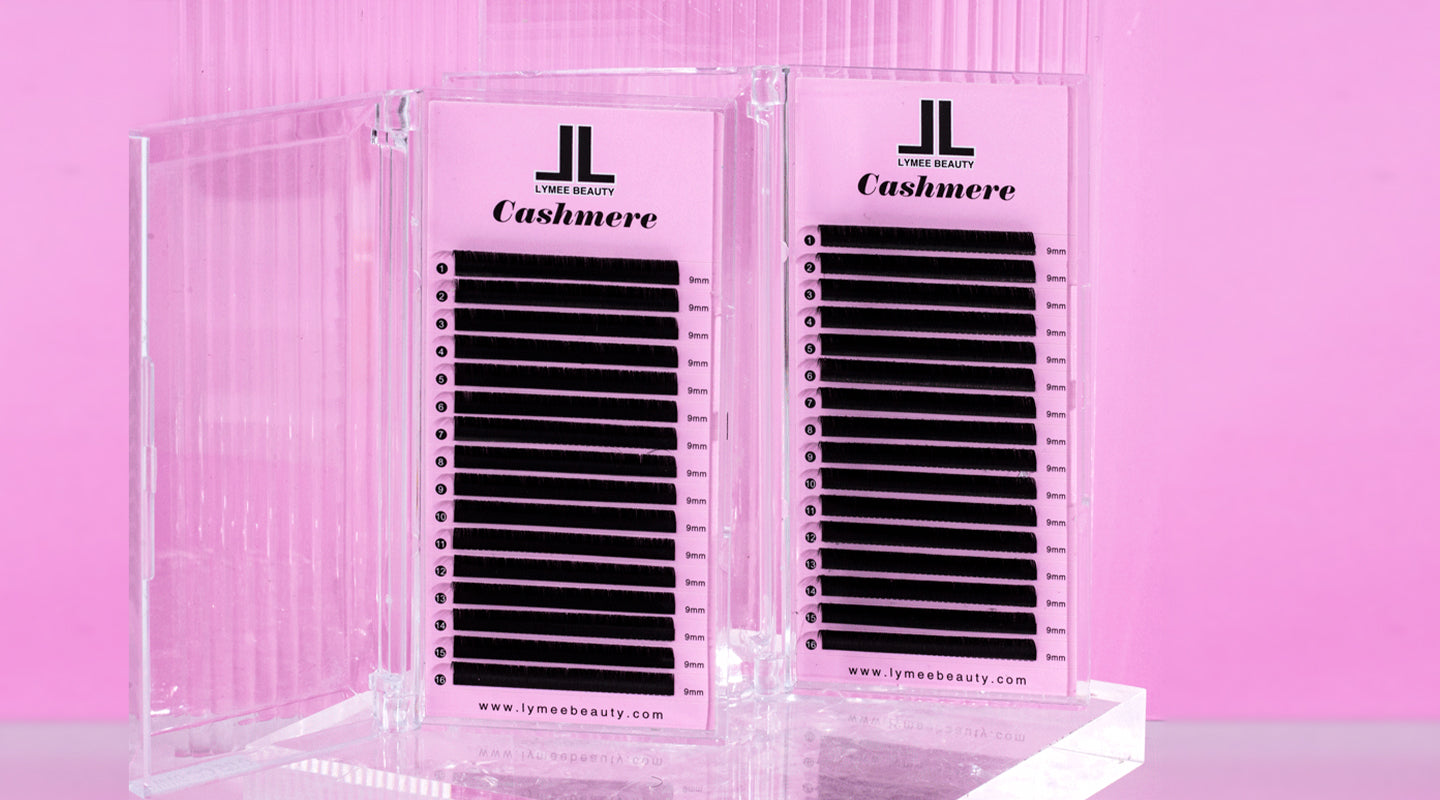Every lash artist knows a flawless set vs. a frustrating session often boils down to one tool: tweezers. For two fan-favorites—fiber tip and classic lash tweezers—choosing the right pair depends on your technique, client needs, and workflow. Let’s break down their key features, ideal uses, and how to pick your perfect match.
What Are Fiber Tip Tweezers? The Grip Game-Changer
Fiber tip tweezers stand out for their textured, micro-engineered tips designed to maximize grip and precision. Unlike smooth-tipped tools, these feature hex-textured or micro-grip fiber surfaces that act like tiny “claws” to hold lashes in place—even the thinnest 0.03mm volume extensions .
Key Features & Benefits
- Unmatched Grip: The fiber-textured tips eliminate slipping, making them ideal for creating volume fans or placing premade fans . No more chasing runaway lashes mid-application!
- All-in-One Versatility: They excel at both isolation and fan creation. Their slim, aligned tips let you separate natural lashes with pinpoint accuracy, while the grip handles volume work effortlessly .
- Ergonomic Design: Most are crafted from lightweight stainless steel with non-slip handles, reducing hand fatigue during 4+ hour sessions—critical for busy lash studios .
- Low Learning Curve: The “full biting point” design (thanks to the textured tip) means you don’t need to waste time adjusting your grip—grab and go, even if you’re new to volume lashing.

What Are Classic Lash Tweezers? The Timeless Workhorse
Classic lash tweezers are the OG tools of the lash world—simple, precise, and built for foundational techniques. They typically have smooth, ultra-fine tips (straight or slightly curved) and are engineered for control over individual lashes .
Key Features & Benefits
- Precision Isolation: Their straight, perfectly aligned tips glide between natural lashes to separate even the tiniest strands, preventing clumping in classic sets .
- Smooth Placement: The non-textured surface makes placing single classic extensions a breeze—no risk of glue buildup messing with your finish .
- Durable Simplicity: Crafted from surgical-grade stainless steel (often German or SUS 420J1 steel), they resist rust, stand up to autoclaving, and last for years with proper care .
- Budget-Friendly Reliability: They’re a staple for beginners and pros alike, offering consistent performance without the premium price tag of specialized tools .
Fiber Tip vs. Classic: Which Fits Your Needs?
The answer hinges on three questions:
1. What Techniques Do You Specialize In?
- Choose Fiber Tip If: You focus on volume lashing (3D+ fans), work with easy-fanning lashes, or want one tool for both isolation and volume . They’re also perfect if you struggle with slippery tweezers—clients will notice the faster, more precise application.
- Choose Classic If: You primarily do classic lash sets, prioritize isolation accuracy, or prefer low-maintenance tools (no extra glue remover needed!). They’re also great for adding to your kit as a dedicated isolation tool .
2. How Long Are Your Sessions?
Fiber tip tweezers’ ergonomic, lightweight design wins for back-to-back appointments—they reduce wrist strain and hand fatigue better than bulkier classic styles . For shorter, classic-focused sessions, either works, but classic tweezers’ simplicity might feel more intuitive.
3. Are You a Beginner or Pro?
- Beginners: Fiber tip tweezers’ grip and versatility make them forgiving for learning volume techniques. Classic tweezers are great for mastering isolation first .
- Pros: Add both to your kit! Use classic for isolation and fiber tip for volume—this combo cuts down on tool-switching and elevates every set .
Final Thought: Tools That Grow With You
There’s no “one-size-fits-all” tweezer—but understanding the strengths of fiber tip vs. classic styles lets you choose tools that match your expertise and client needs. Whether you’re a volume specialist or a classic lash pro, investing in high-quality tweezers isn’t just about better sets—it’s about building trust with every client.












